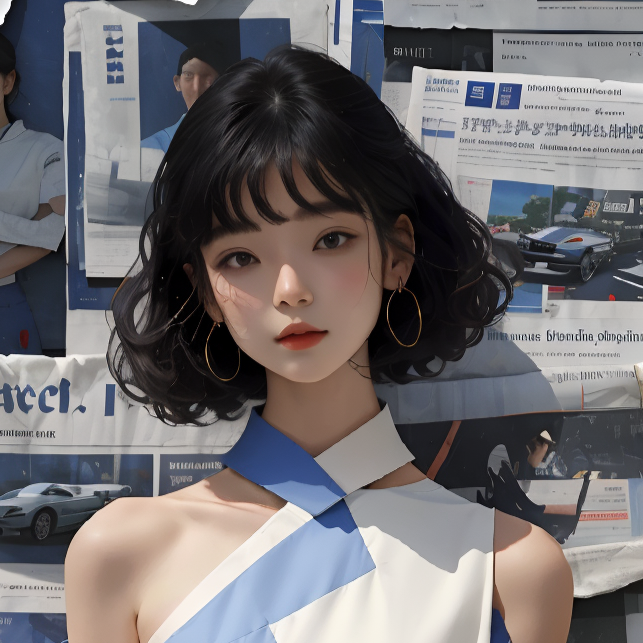You have a large electronic screen which can display up to $998244353$ decimal digits. The digits are displayed in the same way as on different electronic alarm clocks: each place for a digit consists of $7$ segments which can be turned on and off to compose different digits. The following picture describes how you can display all $10$ decimal digits:

As you can see, different digits may require different number of segments to be turned on. For example, if you want to display $1$, you have to turn on $2$ segments of the screen, and if you want to display $8$, all $7$ segments of some place to display a digit should be turned on.
You want to display a really large integer on the screen. Unfortunately, the screen is bugged: no more than $n$ segments can be turned on simultaneously. So now you wonder what is the greatest integer that can be displayed by turning on no more than $n$ segments.
Your program should be able to process $t$ different test cases.
The first line contains one integer $t (1≤t≤100)$ — the number of test cases in the input.
Then the test cases follow, each of them is represented by a separate line containing one integer $n (2≤n≤105)$ — the maximum number of segments that can be turned on in the corresponding testcase.
It is guaranteed that the sum of $n$ over all test cases in the input does not exceed $105$.
For each test case, print the greatest integer that can be displayed by turning on no more than $n$ segments of the screen. Note that the answer may not fit in the standard $32$-bit or $64$-bit integral data type.
1 | 2 |
1 | 7 |
The more number it can lighten, the longer digits it can have. So,
$1$ uses the less segments.
We make $1$ as many as possible. If there are still segments left that can’t make a complete $1$, we break up one $1$ and let it form $7$ with the rest.(the rest could only be 1 or 0 because $1$ uses two segments)
1 |
|

